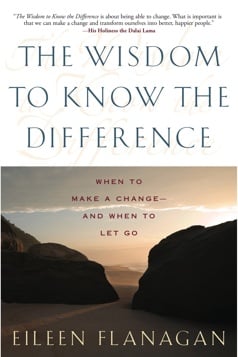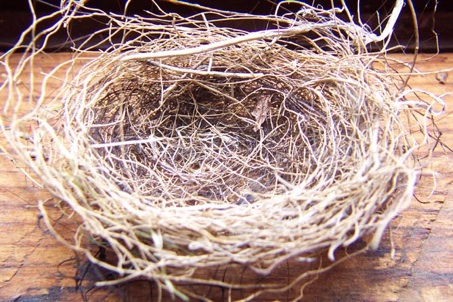 I’ve mentioned the work of Joshua Wolf Shenk before on Beyond Blue. He is known for his award-winning book on Abraham Lincoln’s melancholy, and is a gifted writer who is able to explain very confusing theories and topics in language suitable to average-brained people like me.
I’ve mentioned the work of Joshua Wolf Shenk before on Beyond Blue. He is known for his award-winning book on Abraham Lincoln’s melancholy, and is a gifted writer who is able to explain very confusing theories and topics in language suitable to average-brained people like me.
His new project is a series of articles on Slate.com about the creative relationship. He writes this in his introduction to the series:
What makes creative relationships work? How do two people — who may be perfectly capable and talented on their own — explode into innovation, discovery, and brilliance when working together? On one level, these are obvious questions. Collaboration yields so much of what is novel, useful, and beautiful, and it’s natural to try to understand it. On another level, looking at achievement through relationships is a new, and even radical, idea. For hundreds of years, science and culture have focused on the self.
Josh then explains a little history on why we’ve focused on self so much, and why creative relationships hold so much power. Then he wants your input. He writes:
Which relationships do you find most compelling? Which bonds suggest some kind of electrical charge? Where do 1 + 1 add up to infinity? Your cases may be historical or contemporary, high culture or lowbrow, famous or obscure. (But while you might consider it a creative act to, say, raise a child with a partner, remember that I’m after relationships where concrete work can be assessed by the public and by relevant experts.) Please offer some detail along with your nominees. What do you know of their particulars? What do you think accounts for their success?
Can you suggest a form of relationship that probably escapes most of us? For example, it was news to me, when I heard from the food writer Amanda Hesser that every star chef has a crucial partner behind the scenes. (She gave the example Mario Batali and Joe Bastianich.) Another journalist friend, the music writer Richard Gehr, explained to me the role that the arranger played in making jazz compositions sing. (He mentioned Gil Evans and Miles Davis.) I’ve had enough of these conversations to know how much I don’t know. What relationships matter most in your field or one you know?
In the pieces that follow, I’ll be examining a variety of pairs, the themes they suggest, and the particulars that make them fascinating. I’ll also be following a single pair, subjecting them like guinea pigs to a variety of tests, experiments, and oddball exercises to get the core of their bond. More on that soon.
Let me hear from you, and stay tuned.
Check out Slate.com and tell him what you think.

